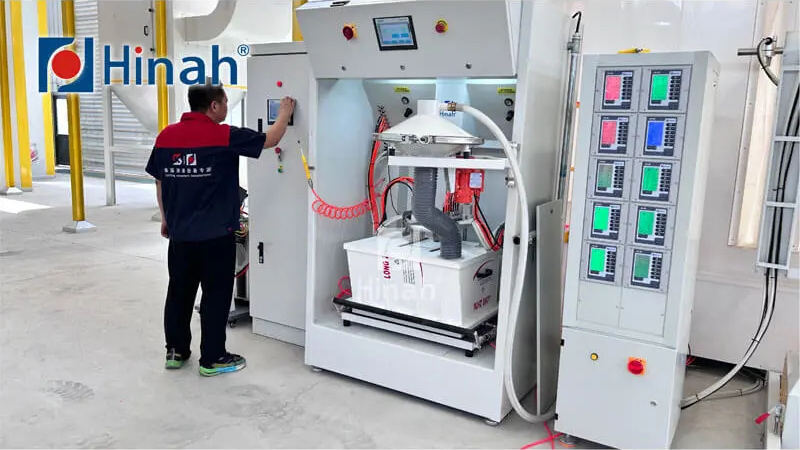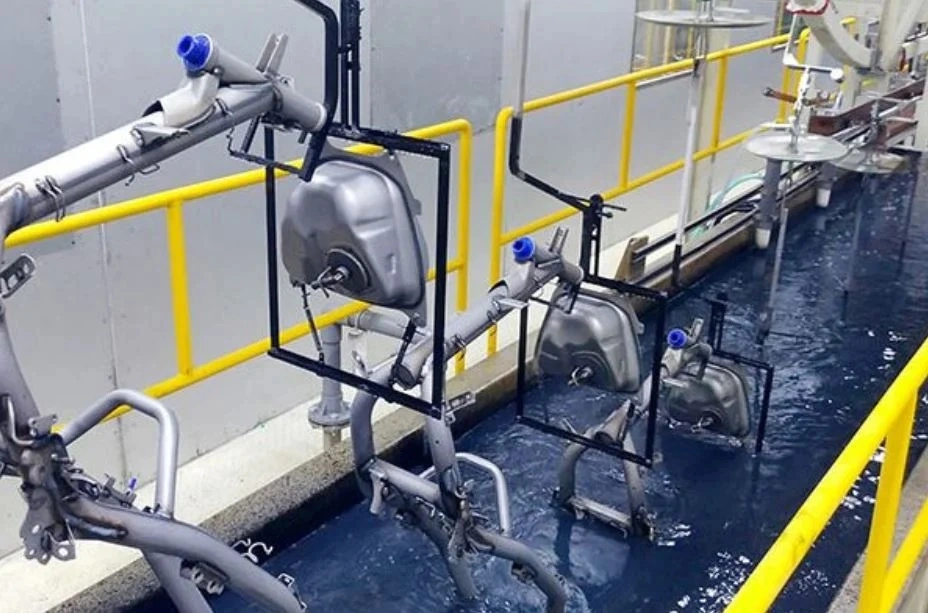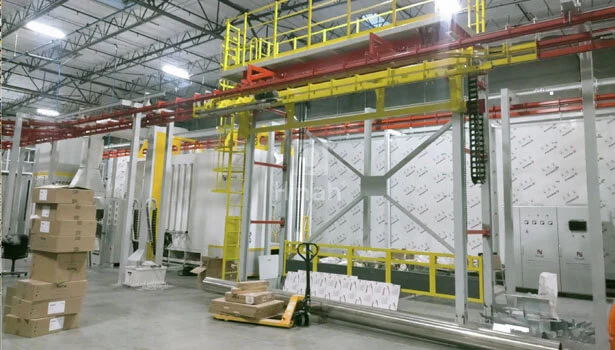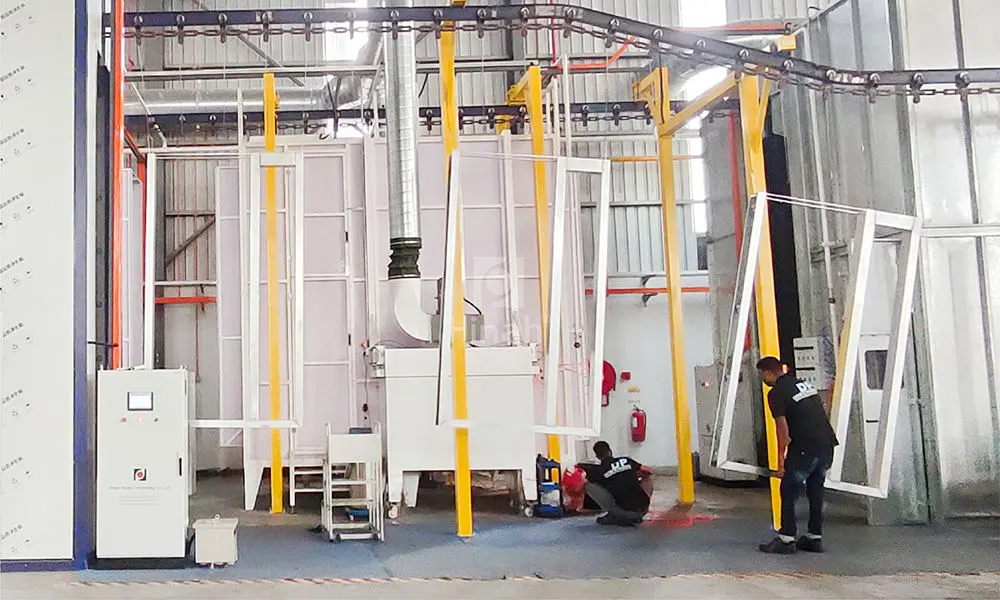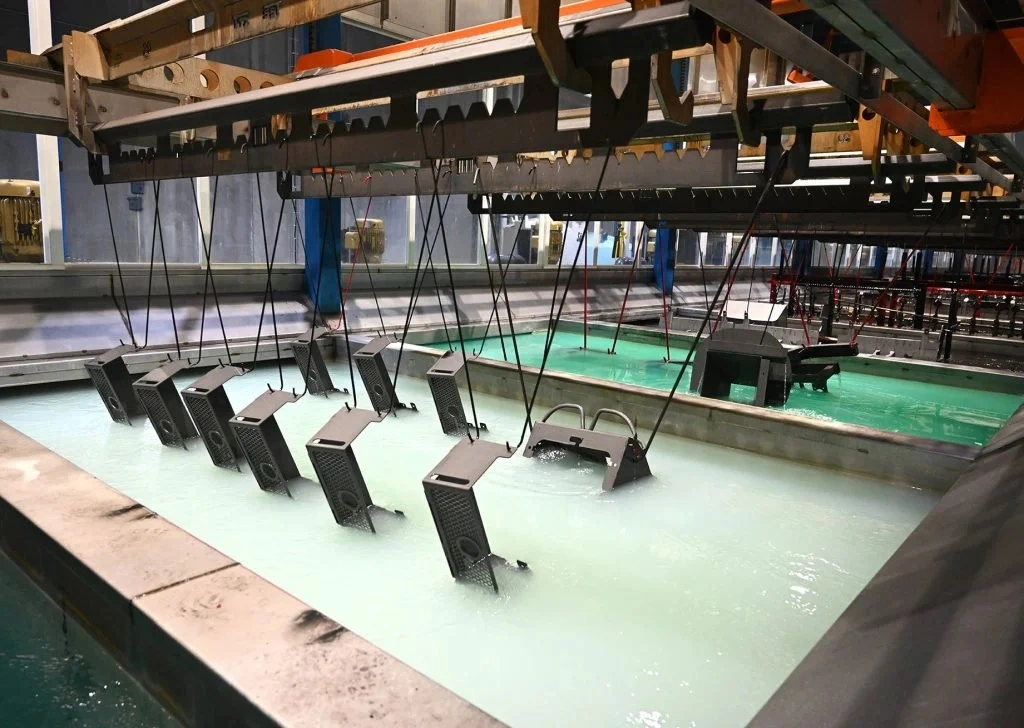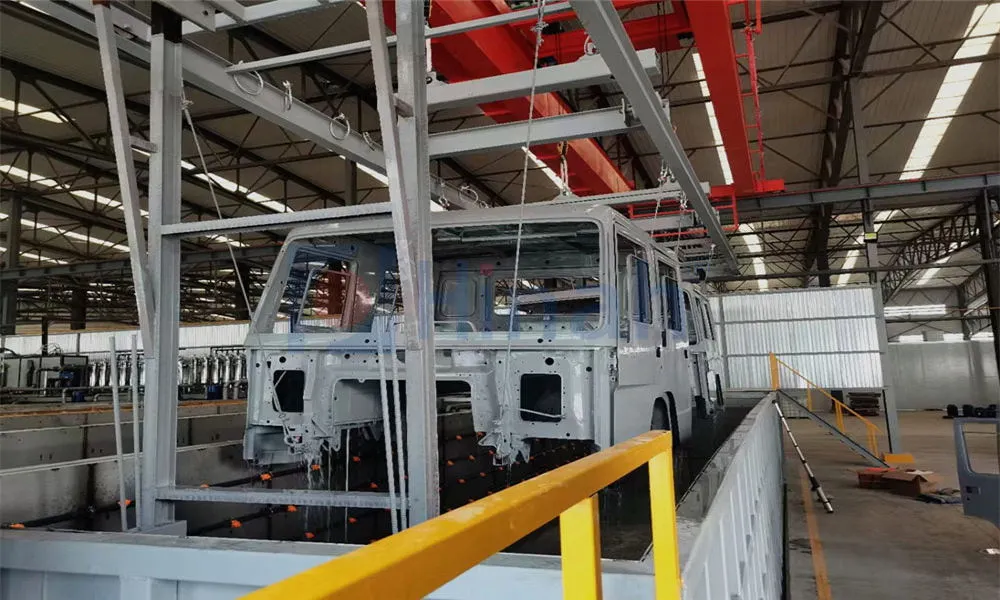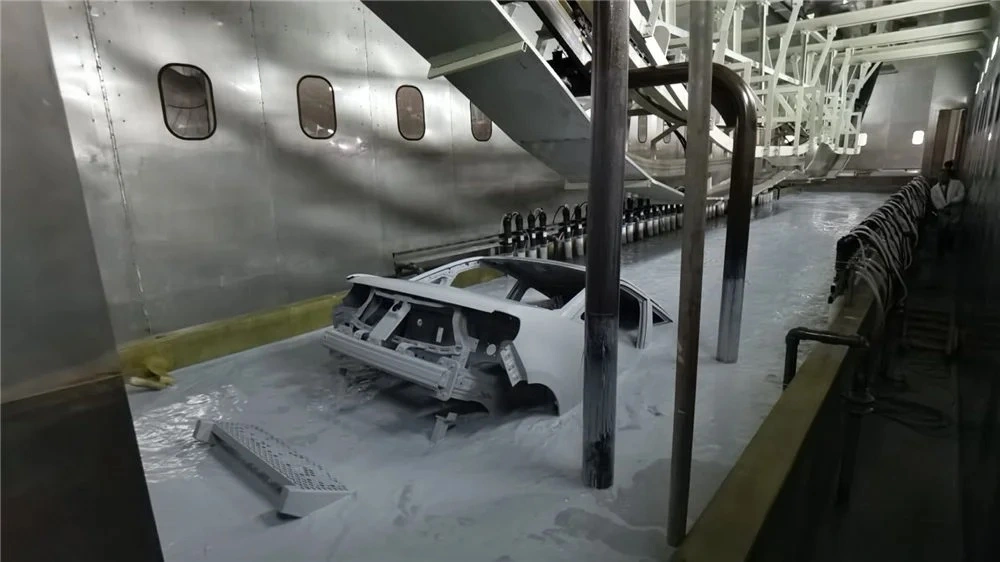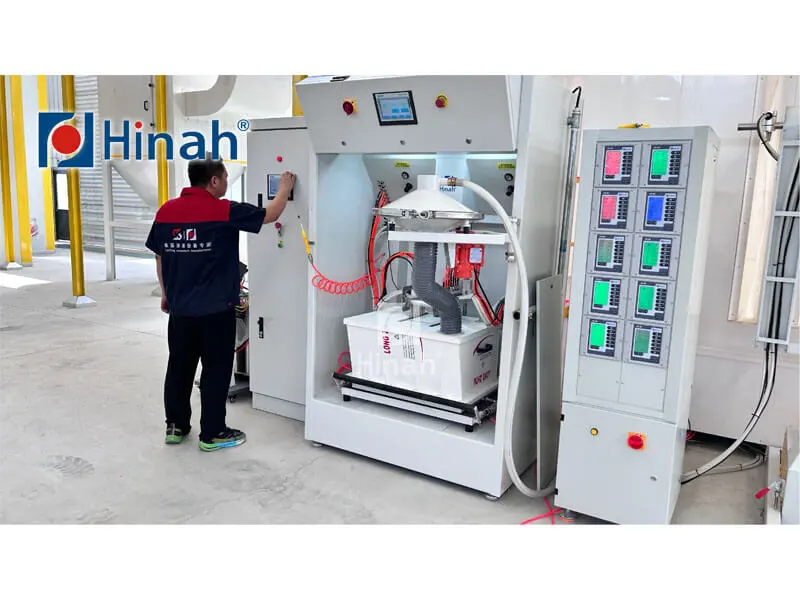The manufacturing world is in a constant state of evolution, driven by the relentless pursuit of efficiency, quality, and consistency. In the realm of surface finishing, no technology has made a more significant impact than the automated paint application system. At the heart of this revolution lies the Robotic paint sprayer, a sophisticated piece of engineering that has transformed mundane and inconsistent manual painting into a high-speed, precise, and repeatable process. These machines are no longer a luxury for only the largest automakers; they are a critical investment for any industry where finish quality, material savings, and worker safety are paramount.
This article delves into the world of automated painting, exploring the core technology of the Robotic paint sprayer, its integration into larger systems like a Robotic Powder Coating System, and the tangible benefits it delivers. We will also address the practical considerations and common challenges faced when implementing this technology, providing a holistic view for manufacturers considering this upgrade.
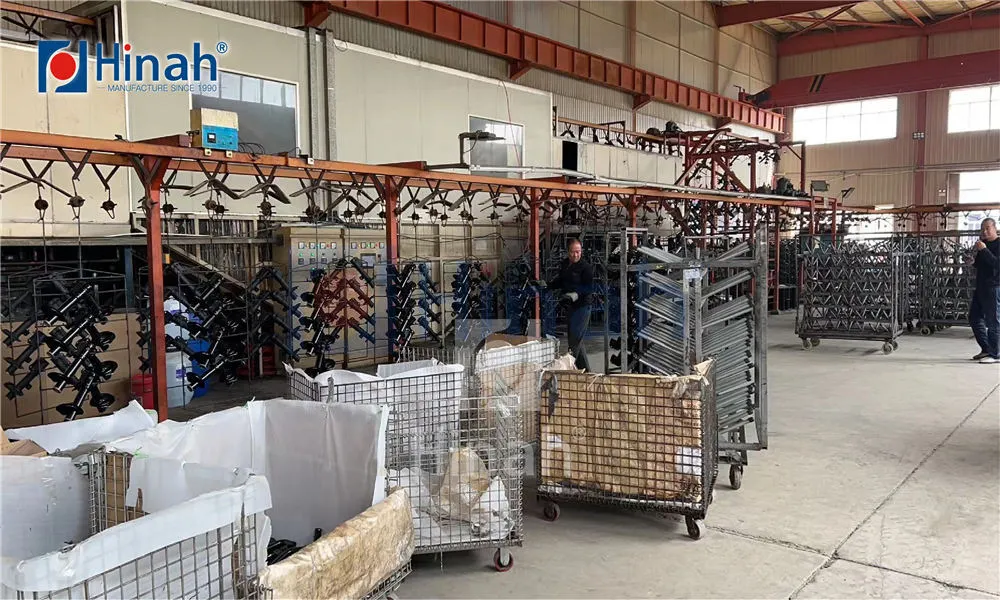
What is a Robotic Paint Sprayer and How Does It Work?
A Robotic paint sprayer is an industrial robot arm, typically with six axes of movement, equipped with a specialized end-effector—a spray gun. It is programmed to follow a precise, digitally defined path to apply paint, primer, sealant, or powder coatings to a part or product. The system is far more than just a robot; it's a complete ecosystem that includes:
The Robot Arm: The multi-axis "body" that provides unmatched flexibility, reaching angles and contours impossible or unsafe for a human.
The Spray Gun End-Effector: This can be a liquid spray gun for paints and primers or a Robotic Powder Spray Gun for dry powder applications. The gun is controlled directly by the robot's program, managing fan pattern, fluid flow, and air pressure with digital accuracy.
The Controller: The "brain" of the operation. This computer stores the painting paths and parameters and translates them into the complex movements of the robot arm.
The Software: Advanced offline programming (OLP) software allows engineers to design, simulate, and perfect the entire painting process in a virtual environment long before the physical robot makes its first pass.
The process begins with 3D CAD models of the part to be painted. The path is programmed into the system, defining the robot's trajectory, speed, distance from the part, and the spray gun's triggering. Once initiated, the Robotic paint sprayer executes this program with microscopic repeatability, ensuring every single product receives an identical coating.
The Core Components: From Spray Gun to Complete Cell
Understanding the terminology is key to grasping the full scope of this technology. A Robotic paint sprayer is often the centerpiece of a larger setup.
Robotic Powder Spray Gun
When the application requires a durable, environmentally-friendly finish, a **Robotic Powder Spray Gun** is used. Unlike liquid paint, powder coating involves electrostatically charging dry powder particles which are then attracted to the grounded part. The robot manipulates the gun to ensure an even layer of powder is applied, even on complex geometries, before the part is cured in an oven. The precision of the robot minimizes overspray and ensures complete coverage, which is critical for the electrostatic process.
Robotic Powder Coating System
This term encompasses the entire integrated process for powder applications. It includes the **Robotic paint sprayer** armed with the **Robotic Powder Spray Gun**, a powder delivery system (pump, hopper, feed hoses), and often a closed-loop reclaim system that collects oversprayed powder for reuse, dramatically increasing material utilization rates.
Automated Powder Coating Cell
This is the physical environment where the **Robotic Powder Coating System** operates. An **Automated Powder Coating Cell** is typically an enclosed booth designed to contain the powder overspray for effective reclaim. It includes safety interlocks, ventilation systems, and often integrated part handling systems like turntables or conveyors that present the parts to the robot in a perfectly timed and positioned manner.
Robotic paint booth sprayer
This phrase is commonly used to describe the entire enclosed application environment, especially for liquid paints. A **Robotic paint booth sprayer** setup implies the robot is installed within a spray booth equipped with down-draft ventilation to remove overspray and fumes, ensuring a clean and safe application environment and protecting the robot's mechanics from dust and contaminant buildup.
The Unmatched Advantages of Implementing a Robotic Painting System
The shift from manual to automated painting is justified by a compelling list of advantages that directly impact the bottom line.
Superior and Consistent Quality: This is the most significant benefit. A Robotic paint sprayer eliminates human variables like fatigue, skill level, and inconsistency. Every movement is replicated exactly, resulting in a perfect finish with no runs, sags, or light spots on every single part, 24/7.
Dramatic Material Savings: Through precise path planning and control, robots significantly reduce overspray. In powder coating, a Robotic Powder Coating System with reclaim can achieve material transfer efficiencies of over 95%, compared to 50-70% for manual application. This reduction in waste directly translates to lower material costs.
Increased Production Throughput: Robots can operate continuously without breaks, dramatically increasing output. Their speed and ability to handle multiple parts on a rotating fixture further accelerate the production cycle.
Enhanced Worker Safety and Environmental Compliance: Painting involves exposure to hazardous volatile organic compounds (VOCs) and chemical fumes. Automating this process removes operators from this dangerous environment. Furthermore, an enclosed Automated Powder Coating Cell contains materials effectively, simplifying compliance with stringent environmental and safety regulations.
Reduced Operational Costs: While the initial investment is substantial, the long-term savings are considerable. Reduced paint consumption, lower waste disposal costs, decreased energy costs for booth ventilation (due to less overspray), and less rework all contribute to a strong return on investment.
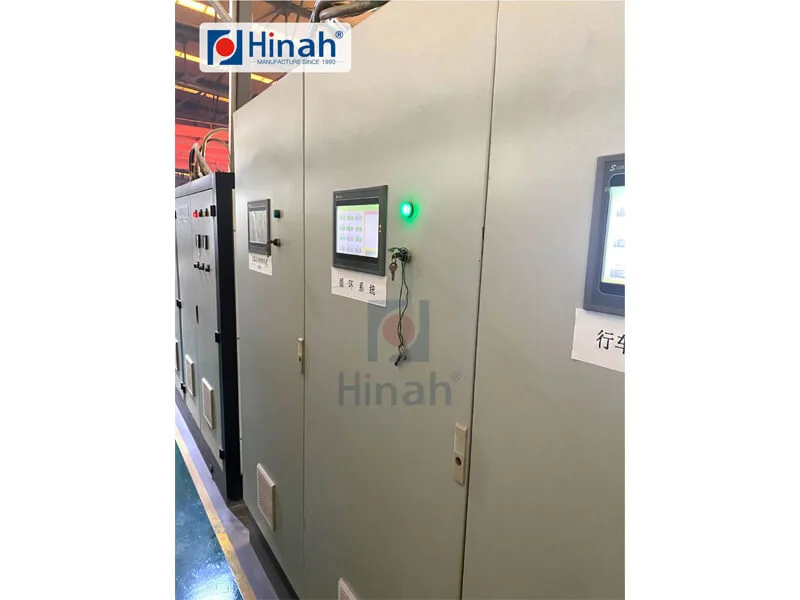
Common Challenges and Problems with Robotic Paint Sprayers
Despite their advantages, implementing a Robotic paint sprayer is not without its challenges. Awareness of these potential pitfalls is crucial for a successful deployment.
High Initial Investment: The upfront cost of the robot, guns, controllers, booth modifications, and integration engineering can be prohibitive for small to medium-sized enterprises. A thorough ROI analysis is essential.
Complex Programming and Maintenance: These are complex systems. They require skilled programmers and maintenance technicians. Without in-house expertise, companies must rely on expensive external integrators and service contracts. Downtime can be costly if issues are not resolved quickly.
Integration and Fixturing Challenges: The robot needs to be perfectly synchronized with the conveyor system or part turntable. Designing fixtures that hold parts securely and present all surfaces to the Robotic paint booth sprayer without creating "shadow" areas is a critical engineering task. Poor fixturing can lead to coating defects.
Sensitivity to Part Variation: A Robotic paint sprayer is exceptionally dumb; it will blindly follow its programmed path. If the incoming parts have significant variations in size, shape, or positioning, the robot will spray incorrectly, leading to defects. Consistent part quality and precise positioning are non-negotiable prerequisites.
Maintenance of Peripheral Equipment: The robot itself is highly reliable, but the peripheral equipment is not. The spray guns, pumps, bells, and fluid lines require regular and meticulous cleaning and maintenance to prevent clogs and ensure consistent material flow. A clogged tip on a Robotic Powder Spray Gun can ruin a entire batch of parts before it's noticed.
Adapting to New Parts: While offline programming has made it easier, introducing a new part with a completely different geometry still requires time and expertise to program, simulate, and validate the new painting path, which can slow down changeovers.
Is a Robotic Paint Sprayer Right for Your Operation?
The decision to automate your painting process is strategic. A Robotic paint sprayer is an ideal solution for high-volume, repeatable production where finish quality is critical—think automotive, aerospace, appliance, furniture, and architectural metal manufacturing. If your operation involves low-volume, high-mix production with constantly changing parts, the programming overhead and fixturing costs may outweigh the benefits.
Ultimately, the journey to implementing a Robotic Powder Coating System or a liquid painting cell requires careful planning, a clear understanding of your production needs, and a partnership with a reputable integrator. By acknowledging both the transformative benefits and the potential challenges, manufacturers can make an informed decision that paves the way for a more efficient, high-quality, and profitable future. The precision of automation is no longer the future; it is the present standard for world-class manufacturing finishing.


